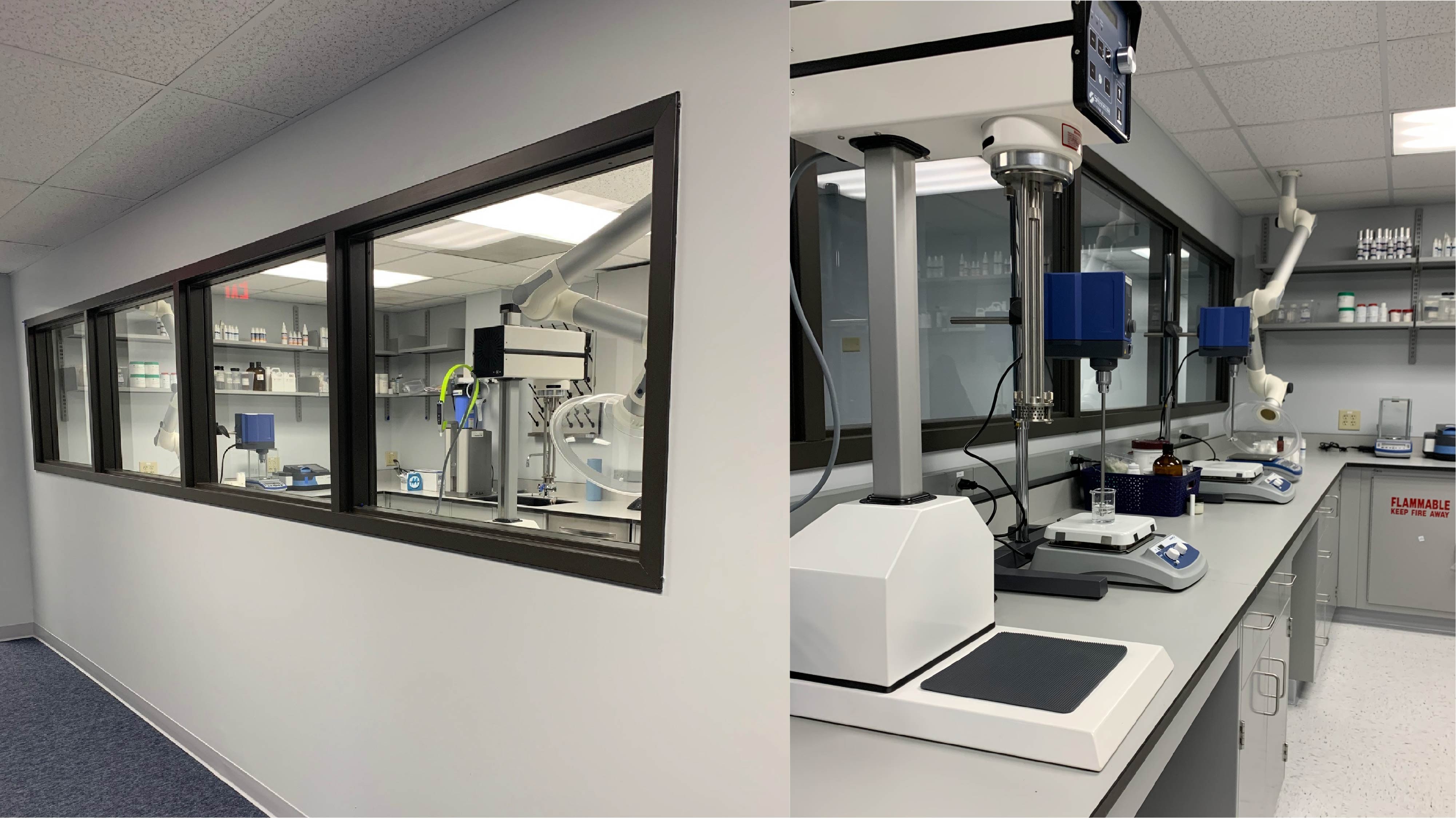
SCCS Recent Opinion on TiO2
The European Commissioned Scientific Committee for Consumer Safety (SCCS) has finalized its opinion on the safety of TiO2 in cosmetics.
Considering the current data and the European Commission’s recent classification of nano-TiO2 as a category 2 carcinogen by inhalation, the European Commissioned Scientific Committee for Consumer Safety (SCCS) recently finalized its opinion on the safety of TiO2 in cosmetics.
During this dossier review, the SCCS had to consider if titanium dioxide is safe when used as a UV-filter in cosmetic products up to a maximum concentration of 25%, as a colorant and as an ingredient in all other cosmetic products.
On the basis of this safety assessment, the SCCS is of the opinion that the use of pigmentary titanium dioxide (TiO2) up to a maximum concentration of 25% in a typical hair styling aerosol spray product is not safe for either general consumers or hairdressers.
The safety assessment has shown that the use of pigmentary TiO2 in loose powder up to a maximum concentration of 25% in a typical face make-up application is safe for the general consumer.
It needs to be noted that these conclusions are based on safety assessment of TiO2 in the context of possible classification as category-2 carcinogen (via inhalation). This means that the conclusions drawn in this Opinion are applicable to the use of pigmentary TiO2 in a cosmetic product that may give rise to consumer exposure by the inhalation route (i.e. aerosol, spray and powder form products). As such, the Opinion is not applicable to any pearlescent pigment because of the composite nature of such materials, of which TiO2 is only a minor constituent.
In the SCCS’s opinion, the use of pigmentary TiO2 in a typical hair styling aerosol spray product is safe up to a maximum concentration of 1.64% for general consumers, and 1.0% for hairdressers.
It needs to be emphasized that the SCCS conclusions have been drawn from a very select group of cosmetic products based on only one type of TiO2 material (pigmentary, anatase, surface-treated). In the absence of more information, it may not be clear whether these conclusions would be applicable to the use of pigmentary TiO2 materials in other similar types of cosmetic applications that may be on the market. In this regard, the SCCS is of the opinion that other applications of pigmentary TiO2 materials can also be considered safe if the MOS (Margin of Safety) calculation is performed as detailed in the current Opinion, and if the resultant MOS for the combined use of different products is above 25 for general consumers and for hairdressers.
Margin of safety (MOS) is the ratio of no-observed-adverse-effect level (NOAEL) obtained from animal toxicology studies to the predicted, or estimated human exposure level or dose. It is often used to assess the safety of cosmetic ingredients. MOS = NOAEL/Estimated Exposure Dose
In the SCCS Opinion, the margin of safety (MoS) should be calculated based on the toxicological point of departure derived from Bermudez et al. (2004) study, using 0.5 mg/m3 as the NOAEC.
Opinion: SCCS (Scientific Committee on Consumer Safety), Opinion on 47 Titanium dioxide (TiO2), preliminary version of 7 August 2020, SCCS/1617/20 48 49



